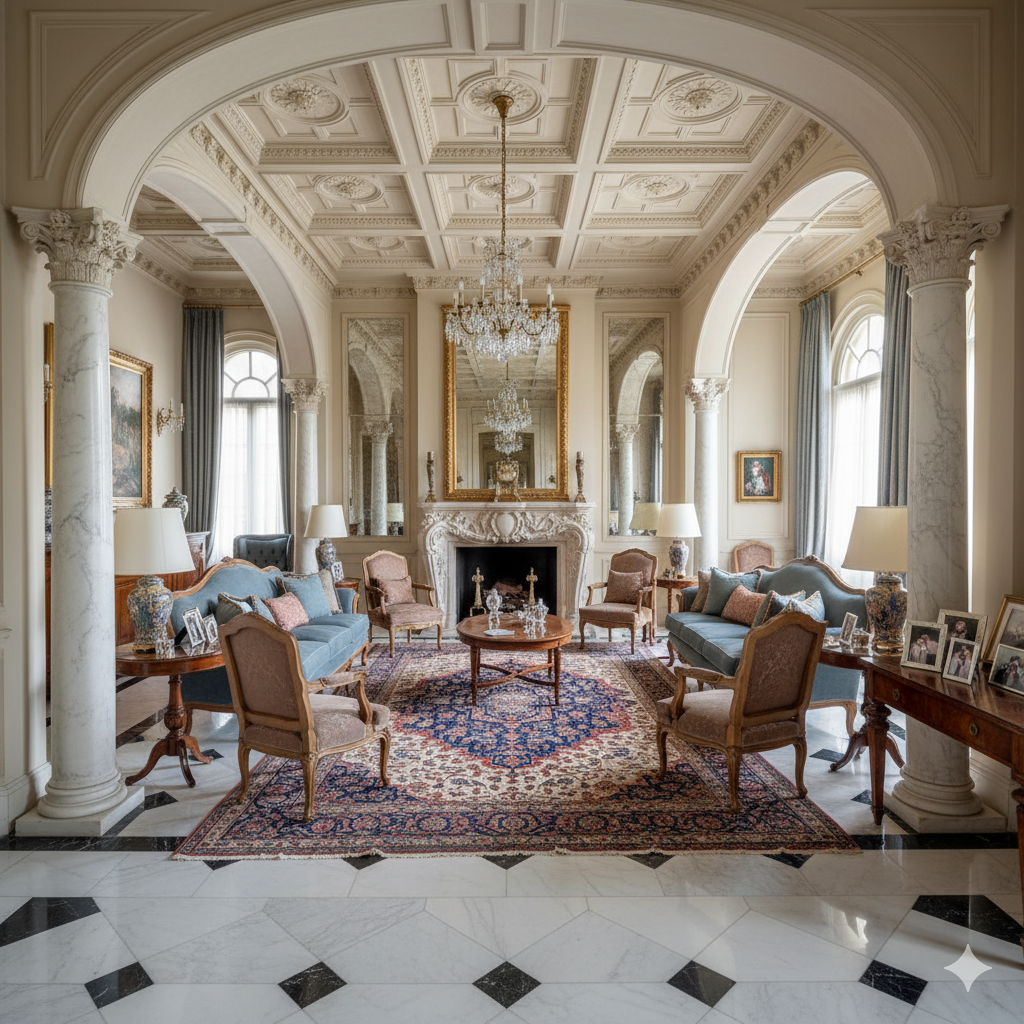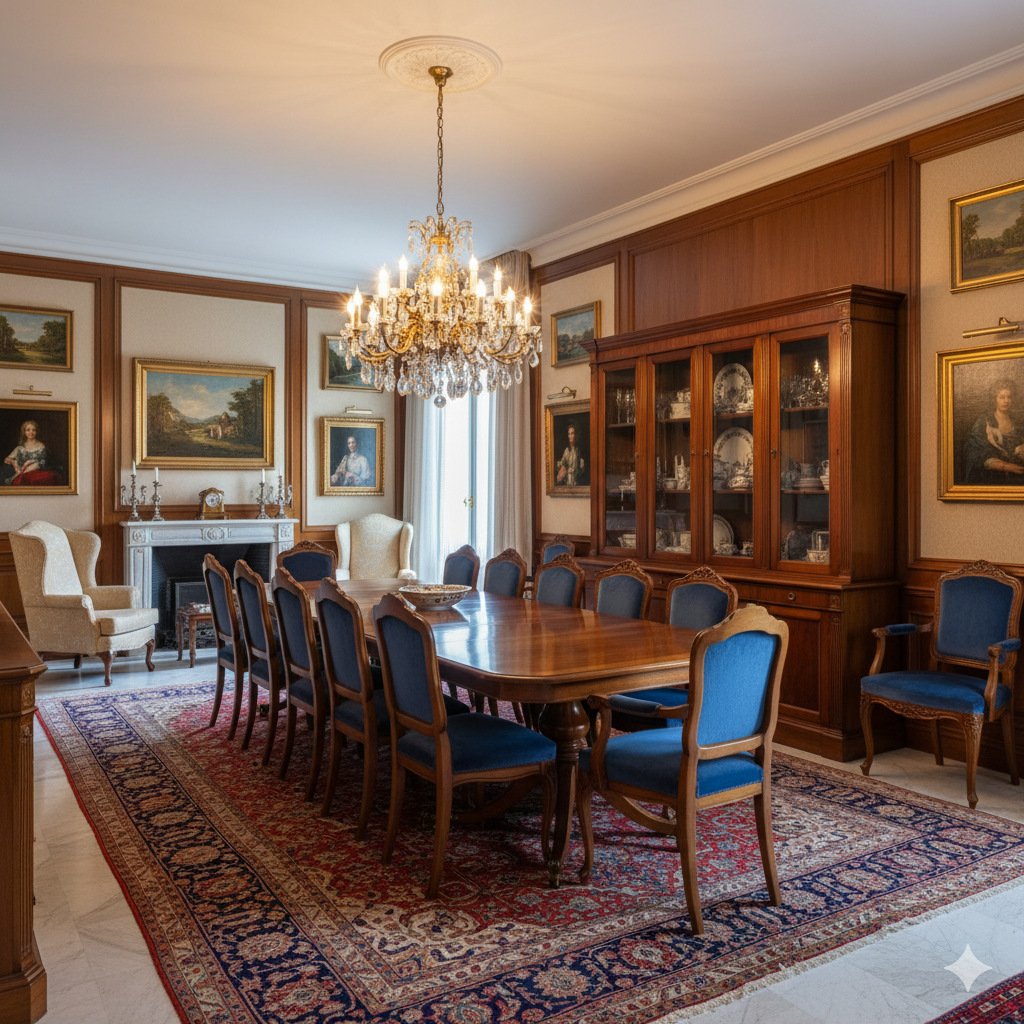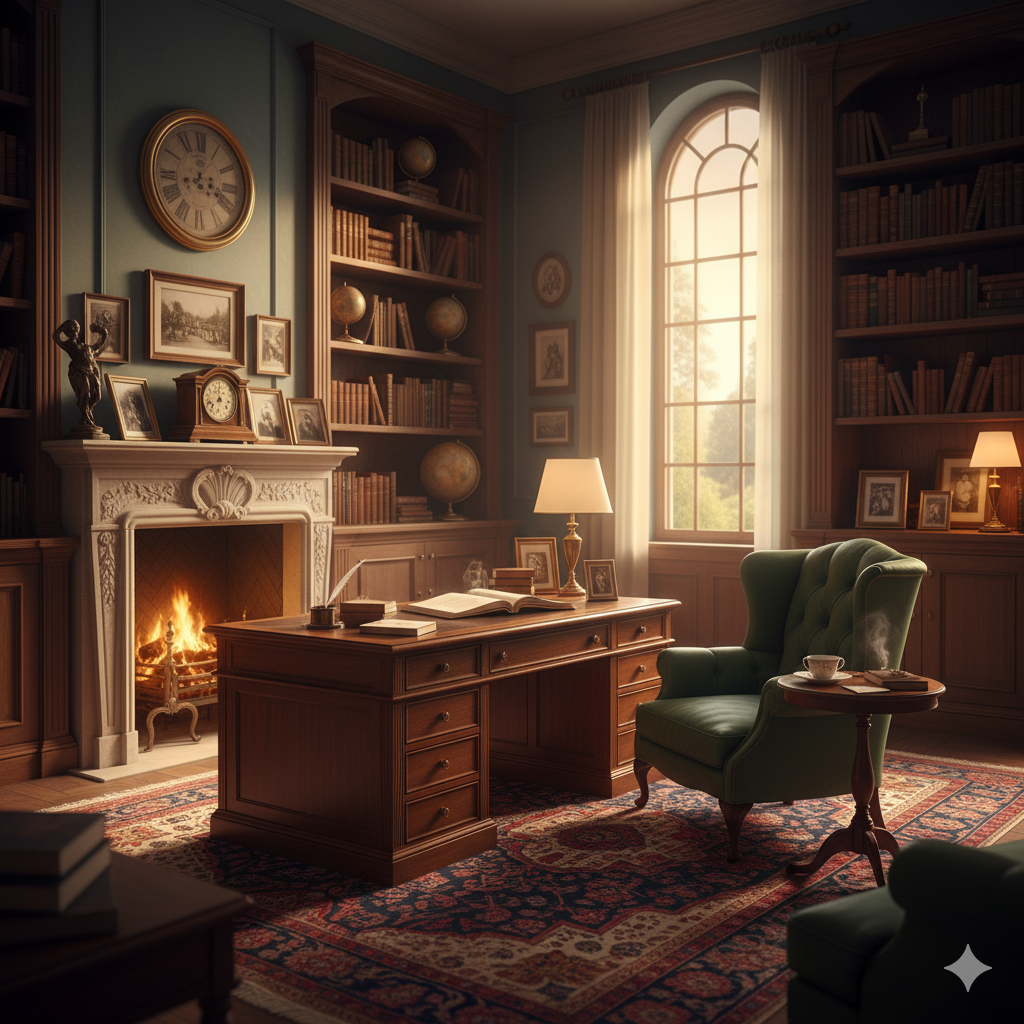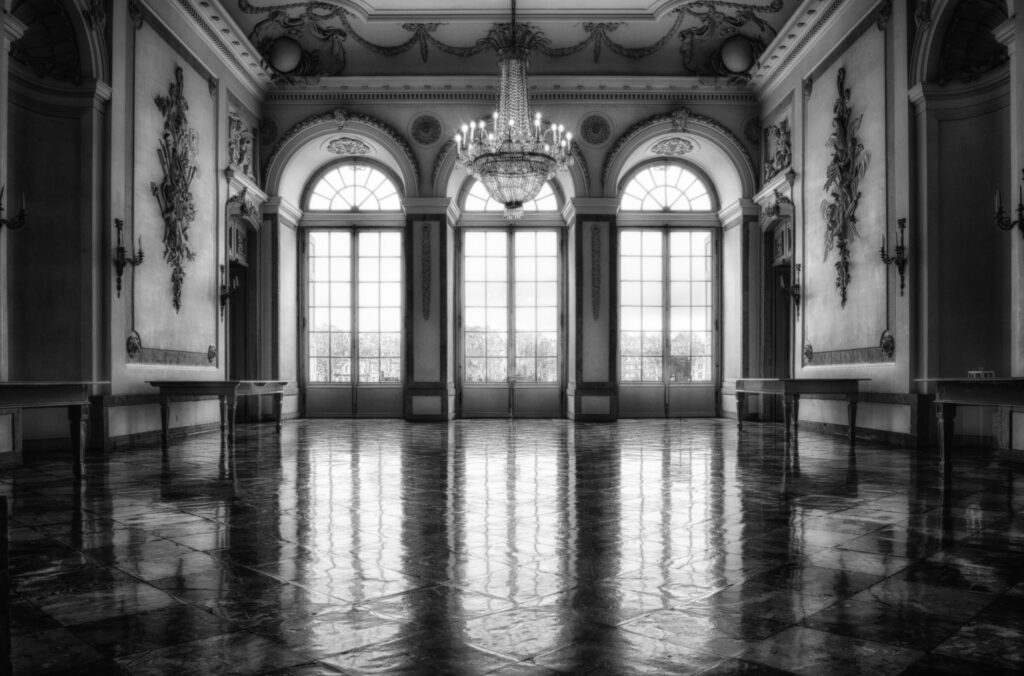Just as a symphony creates an emotional journey through structured harmony and rhythm, you can design a home that feels both grand and deeply personal. The principles that guide a composer are remarkably similar to those used in classic interior design, offering a timeless framework to create a sanctuary that resonates with balance and elegance. This approach moves beyond fleeting trends to build a space that, like a cherished concerto, feels both profound and comforting for years to come.

The Symphony of Space: Harmony and Balance
In classical music, harmony is the pleasing combination of different notes played simultaneously. In your home, this translates to the visual harmony of color, texture, and scale. You can achieve this by establishing a cohesive color palette that flows from room to room. Think of your primary color as the tonic key of your composition, with accent colors providing the complementary notes. Balance is equally critical. A room with all the heavy furniture on one side feels visually discordant, like an orchestra with only brass instruments. Create balance by arranging furniture symmetrically or asymmetrically around a central focal point, such as a fireplace or a large window. This ensures no single element overpowers the others, creating a sense of stability and calm.
Finding Your Rhythm: Flow and Movement
Rhythm in music guides the listener forward, creating a sense of movement and pace. Your home’s rhythm is defined by how you move through it. A well-designed space has a natural, uninterrupted flow that guides you effortlessly from one area to another. You can establish this visual rhythm through the repetition of shapes, patterns, or colors. For example, repeating an archway design or a specific color in your decor creates a predictable, pleasing pattern for the eye to follow. As the celebrated designer Charles Eames noted:
Design is a plan for arranging elements in such a way as best to accomplish a particular purpose.
Charles Eames
Your purpose is to create a home that is not just beautiful but also functional and intuitive to live in. Consider the natural pathways in your home and ensure they remain clear and inviting.

Timeless Melodies: Choosing Enduring Materials and Pieces
The great works of Bach or Mozart remain powerful today because their quality is undeniable. Similarly, a classic interior is built on a foundation of high-quality, enduring materials. Instead of chasing trends that fade quickly, invest in timeless elements like hardwood floors, natural stone countertops, and well-crafted wooden furniture. Recent studies, including the 2025 Houzz & Home report, consistently show that homeowners prioritize durable materials, valuing long-term appeal over temporary fads. These materials not only last longer but also add a layer of texture and warmth that deepens the character of your home. You can find inspiration for timeless material combinations in leading publications like Architectural Digest.
Orchestrating the Details: From Lighting to Acoustics
Setting the Mood with Light
Lighting is the dynamics of your home’s composition—the crescendos and diminuendos that create mood and drama. A single, harsh overhead light is like a song with no volume variation. Layer your lighting with a mix of ambient (general), task (focused), and accent (highlighting) sources. Dimmers are essential, allowing you to adjust the intensity to suit any occasion, from a bright and productive morning to a soft, relaxing evening. Your lighting plan is a crucial part of the overall design.

Designing for Sound
For any music lover, a room’s acoustics are paramount. A space with too many hard surfaces creates echo and reverberation, making it feel cold and cacophonous. You can easily improve a room’s acoustics by incorporating soft materials. Upholstered furniture, plush area rugs, heavy curtains, and even large-scale canvases absorb sound, creating a warmer and more intimate atmosphere. This not only makes your home more comfortable but also enhances the experience of listening to your favorite classical pieces. For more technical guidance, you can explore resources on home acoustics to truly perfect your listening environment.
Frequently Asked Questions
How can I make a classic design feel modern and not dated?
You can create a fresh take on classic design by focusing on clean lines and a neutral base palette, then introducing bold accent colors through art or textiles. The key is to balance ornate, traditional furniture with contemporary elements, such as modern lighting fixtures or minimalist decor. This blend of old and new creates a dynamic and timeless space.
What’s the most important principle to start with?
Always start with harmony and balance. Before you buy a single piece of furniture, decide on a cohesive color scheme and identify a clear focal point for each room. This creates the foundational structure for your design, much like a key signature sets the tone for a piece of music. Everything else will fall into place more easily once this foundation is set.
Does classic interior design have to be expensive?
Not at all. The principles of classic design are about thoughtful arrangement and cohesion, not high price tags. You can achieve a sophisticated look by investing in one or two high-quality anchor pieces—like a sofa or a dining table—and sourcing other items more affordably. The focus is on timeless forms and a harmonious palette, which is achievable with any budget.
How do room acoustics affect the overall feel of a home?
Acoustics have a major impact on a home’s ambiance. Poor acoustics, characterized by echo and harsh reverberations from hard surfaces, can make a space feel cold, loud, and unsettling. By incorporating soft furnishings like rugs, curtains, and upholstered pieces, you absorb excess sound. This creates a sense of warmth, calm, and intimacy, making your home a more peaceful and inviting sanctuary.
